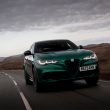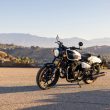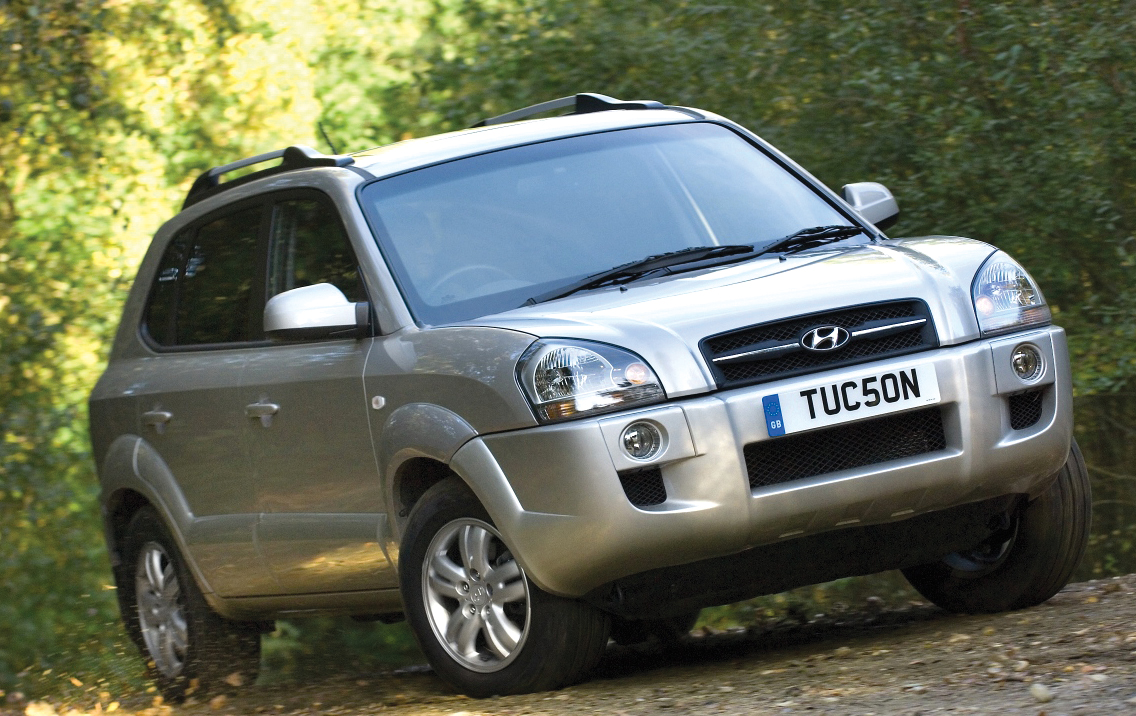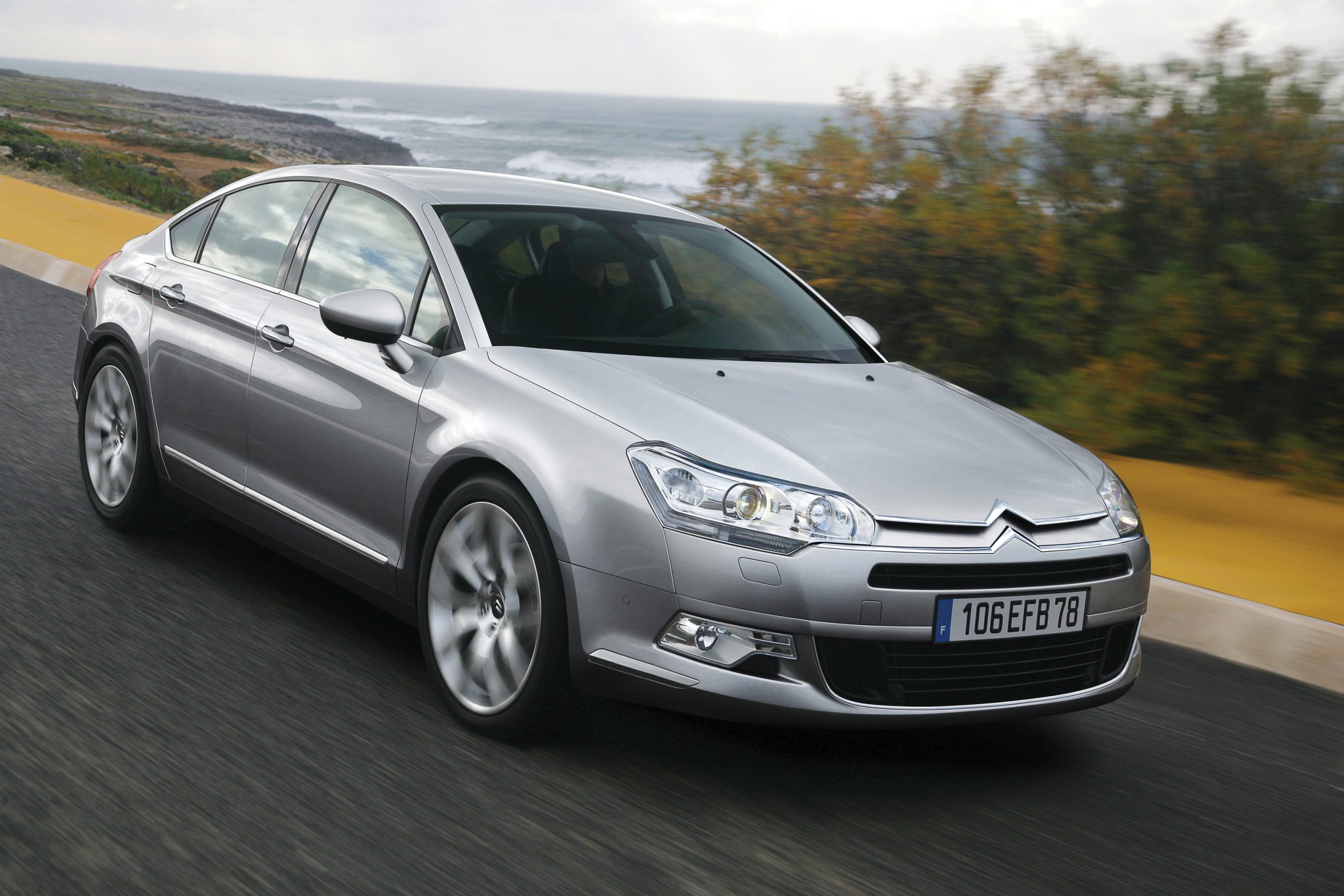Paqpaq
62 posts
To Palermo in a Tucson to test-drive the i10
Well, I must confess that when told that we would be driving up to Palermo to test drive…
May 29, 2005
French finesse with a German feel
The days of the boring saloon are over as can be attested by the shrinking segment, primarily because…
May 29, 2005







